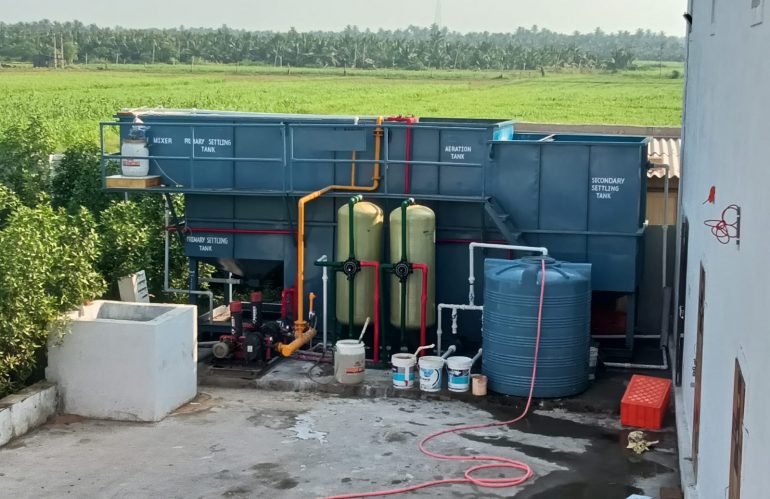Mysore, renowned for its rich heritage, palaces, and lush green landscapes, is a city that has gracefully embraced modernity while cherishing its cultural roots. In this charming city, the efficient management of sewage and wastewater is vital to maintain its beauty and enhance the quality of life for its residents. Sewage Treatment Plants (STPs) play a pivotal role in treating wastewater, ensuring responsible disposal, and mitigating the environmental impact. This article delves into the significance of STPs in Mysore and their crucial role in promoting clean and sustainable living.
Understanding Sewage Treatment Plants
Sewage Treatment Plants, commonly known as STPs, are specialized facilities designed to treat domestic and industrial wastewater. They employ various physical, chemical, and biological processes to remove contaminants and impurities from sewage, making it safe for discharge into the environment or for potential reuse. STPs are indispensable for safeguarding public health, preserving natural water bodies, and supporting urban growth.
The Significance of STPs in Mysore
Mysore, often referred to as the “City of Palaces,” is experiencing steady growth in population and urbanization. Here’s why STPs are of paramount importance in Mysore:
- Environmental Conservation: Mysore’s charm lies in its pristine landscapes, including the famous Brindavan Gardens and Kukkarahalli Lake. STPs ensure that sewage is treated effectively, preventing contamination of these vital natural assets and preserving the city’s environmental beauty.
- Public Health: Ensuring the safe treatment of sewage is vital for protecting public health. STPs remove harmful pathogens and contaminants, reducing the risk of waterborne diseases and promoting the well-being of Mysore’s residents.
- Regulatory Compliance: Municipal and environmental regulations mandate the treatment of sewage before discharge. STPs enable Mysore to meet these legal obligations, ensuring compliance and averting potential legal consequences.
- Resource Management: Treated sewage can serve as a valuable resource for irrigation, landscaping, and industrial processes. STPs facilitate the controlled reuse of treated wastewater, conserving freshwater resources and promoting sustainability.
How STPs Operate
Sewage Treatment Plants employ a multi-stage process to treat wastewater efficiently. Here’s a simplified overview of the typical STP operation:
1. Primary Treatment
In the primary treatment stage, large solids are removed from the sewage through processes like screening and sedimentation. This initial step reduces the load on subsequent treatment stages.
2. Secondary Treatment
Secondary treatment involves biological processes where microorganisms break down organic matter present in the sewage. This step significantly reduces the biological oxygen demand (BOD) and chemical oxygen demand (COD) of the wastewater.
3. Tertiary Treatment
Tertiary treatment is an advanced stage that further refines the effluent to meet stringent quality standards. It may include processes like filtration, chemical treatment, and disinfection to remove any remaining impurities.
4. Discharge or Reuse
The treated sewage is either discharged into water bodies, adhering to regulatory guidelines, or made available for non-potable purposes, such as irrigation, cooling, or industrial processes.
Benefits of Sewage Treatment Plants
STPs offer numerous benefits for Mysore and its residents:
- Environmental Preservation: STPs safeguard the city’s natural environment, ensuring that water bodies and green spaces remain unpolluted, contributing to a cleaner and more sustainable city.
- Public Health: By treating sewage effectively, STPs reduce the risk of waterborne diseases, promoting the well-being of Mysore’s residents.
- Resource Efficiency: Treated wastewater serves as a valuable resource, diminishing the demand for freshwater and enhancing resource efficiency.
- Urban Sustainability: STPs are integral to Mysore’s sustainable urban development, supporting the city’s growth while maintaining a high quality of life.
In Conclusion
Sewage Treatment Plants are essential components of Mysore’s urban infrastructure. They play a vital role in ensuring that the city can continue to flourish as a cultural and historical gem while preserving its environment and public health. By prioritizing efficient sewage treatment, Mysore can pave the way for a cleaner, greener, and more prosperous future.




